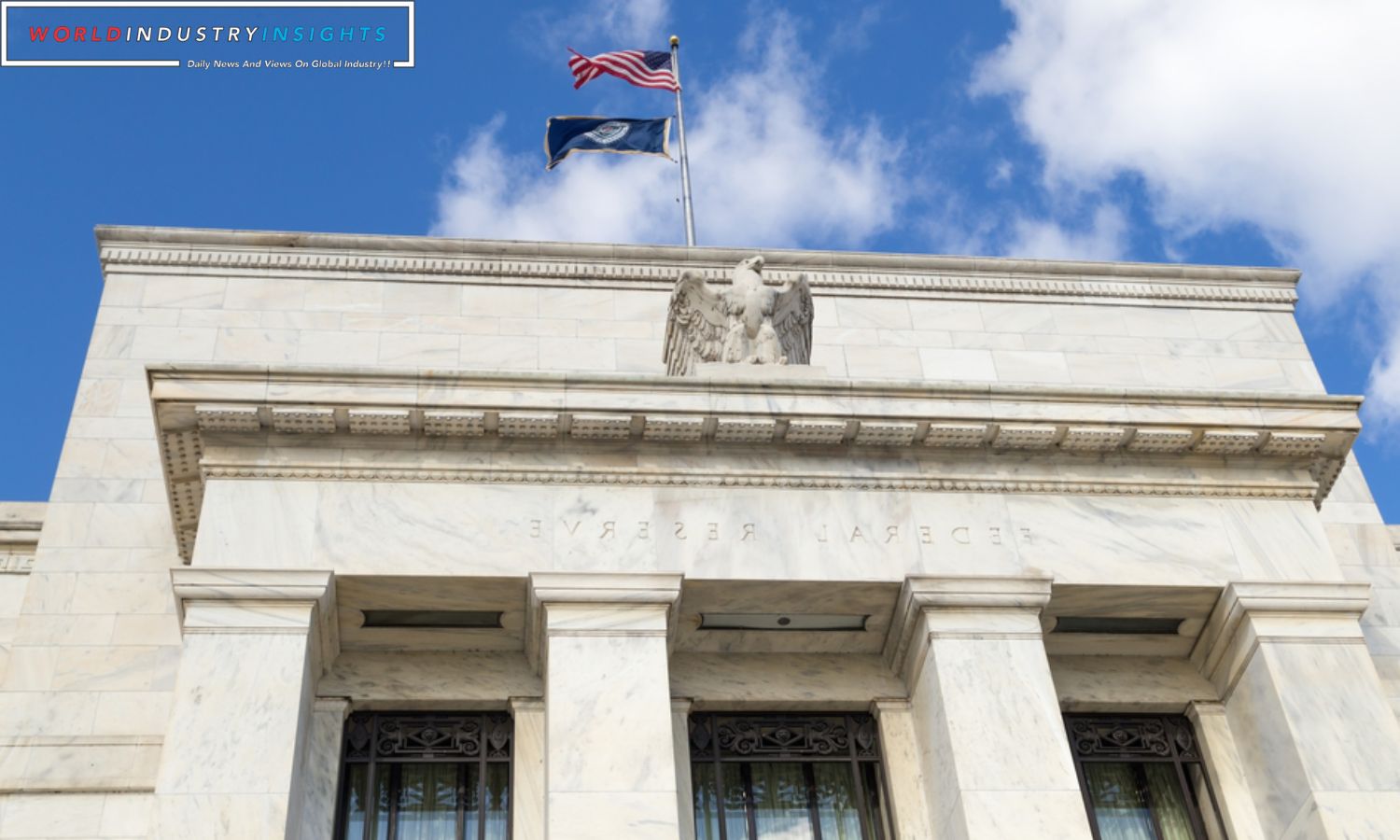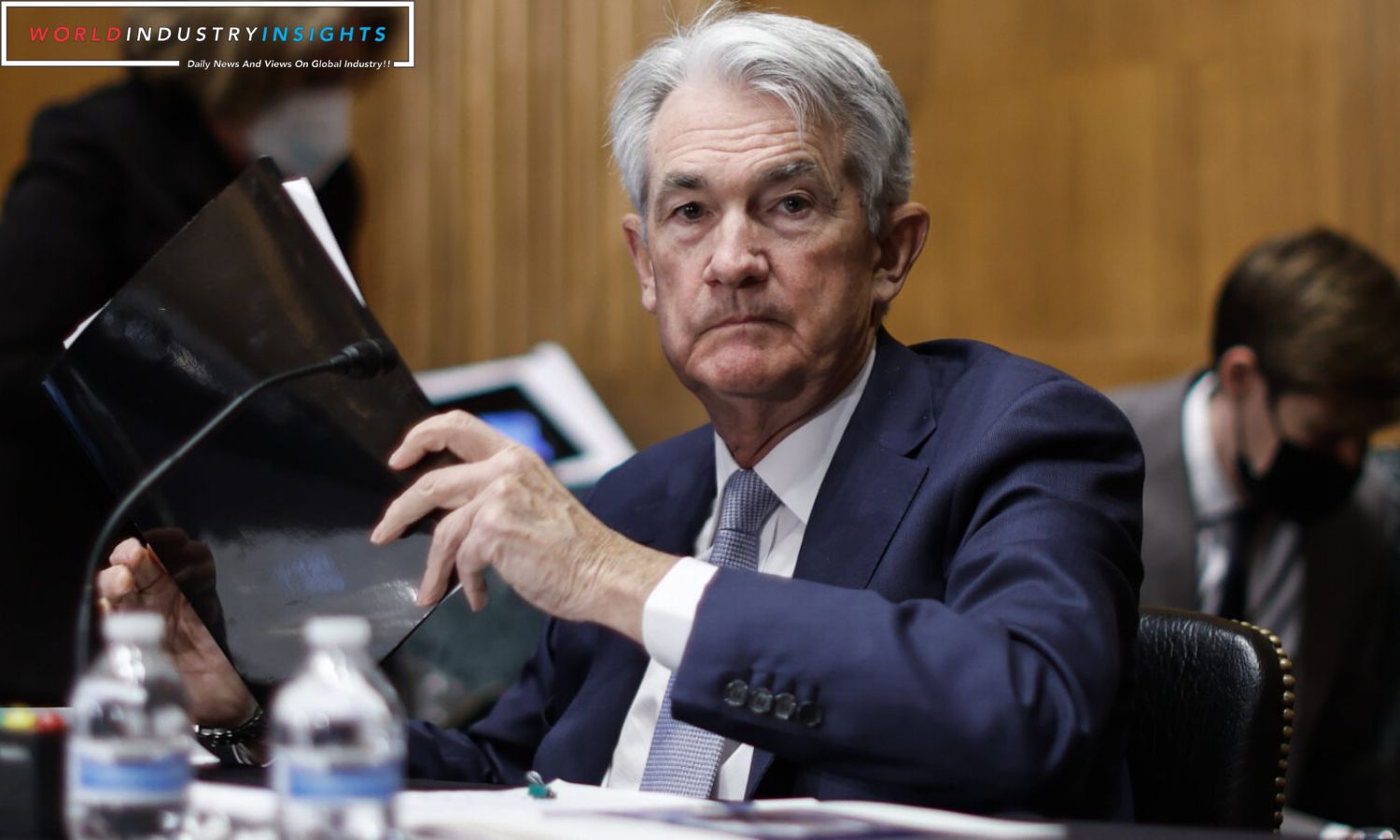Fed Dilemma: As the curtain descends on 2023, the U.S. Federal Reserve faces a precarious balancing act. While interest rate hikes appear to be fading into the rearview, a new challenge looms: when and how to communicate the potential for rate cuts, a move that investors, politicians, and the public may clamor for sooner than the central bank is prepared.
The task at hand may seem distant, given the current inflation standing at 3.5%, well above the Fed’s 2% target. Policymakers remain wary of potential inflation resurgence in a low-unemployment economy. Yet, the recent hawkish rhetoric from officials hints at an extended plateau in rates or, surprisingly, another hike. This cautious approach allows room for maneuvering amidst uncertainties.
As the Fed becomes increasingly confident in the efficacy of the current federal funds rate range of 5.25% to 5.5%, implemented since July, the focus is on tempering economic steam and curbing inflation. The challenge arises in determining when inflation has subsided enough to warrant a shift to rate cuts.
The upcoming December 12-13 meeting marks a crucial juncture. The projections are expected to show an end to rate hikes, raising questions about the Fed’s commitment to 2% inflation and potential signals of imminent cuts. A delicate dance awaits, as policymakers navigate projections, political complexities, and market expectations.
Vincent Reinhart, Dreyfus & Mellon chief economist, anticipates an “awkward time in December” where interest rate projections may end, but the Fed remains cautious about signaling an easing stance. Presidential election-year politics, financial market jitters, and a desire to limit unemployment rate increases add layers of complexity to this pivotal debate.
Also Read: December Dilemma: Fed’s Moves, Tax Selling, and Santa’s Visit – Navigating the Endgame of 2023
The challenge lies not only in projecting a “soft landing” scenario in which economic activity and job growth ease while inflation steadily declines but also in keeping an option for further rate increases open if needed.
Oxford Economics lead economist Louise Loo highlights the constraint on private sector confidence due to property pessimism. October witnessed declines in property sales, investment, and home prices, prompting calls for preventive measures against financial sector contagion.
As the Fed anticipates a potential shift to a “cautious, gradual easing cycle,” guided by falling inflation, it enters uncharted territory. The aim isn’t economic rescue but an effort to match the real cost of borrowing with declining inflation.
In this intricate dance, the Fed must strike the right chord, keeping an eye on March as a potential starting point for rate cuts, as suggested by investors. Chairman Jerome Powell’s commitment to not prematurely cutting rates, a mistake from the 1970s playbook, echoes a cautious approach. Yet, the recent shift in language signals a potential reevaluation.
As Powell notes, “We are getting what we wanted to get” between falling inflation and a modest growth slowdown. The challenge ahead lies in navigating the path to desired economic outcomes while treading carefully on the delicate balance between signaling policy shifts and maintaining stability.


